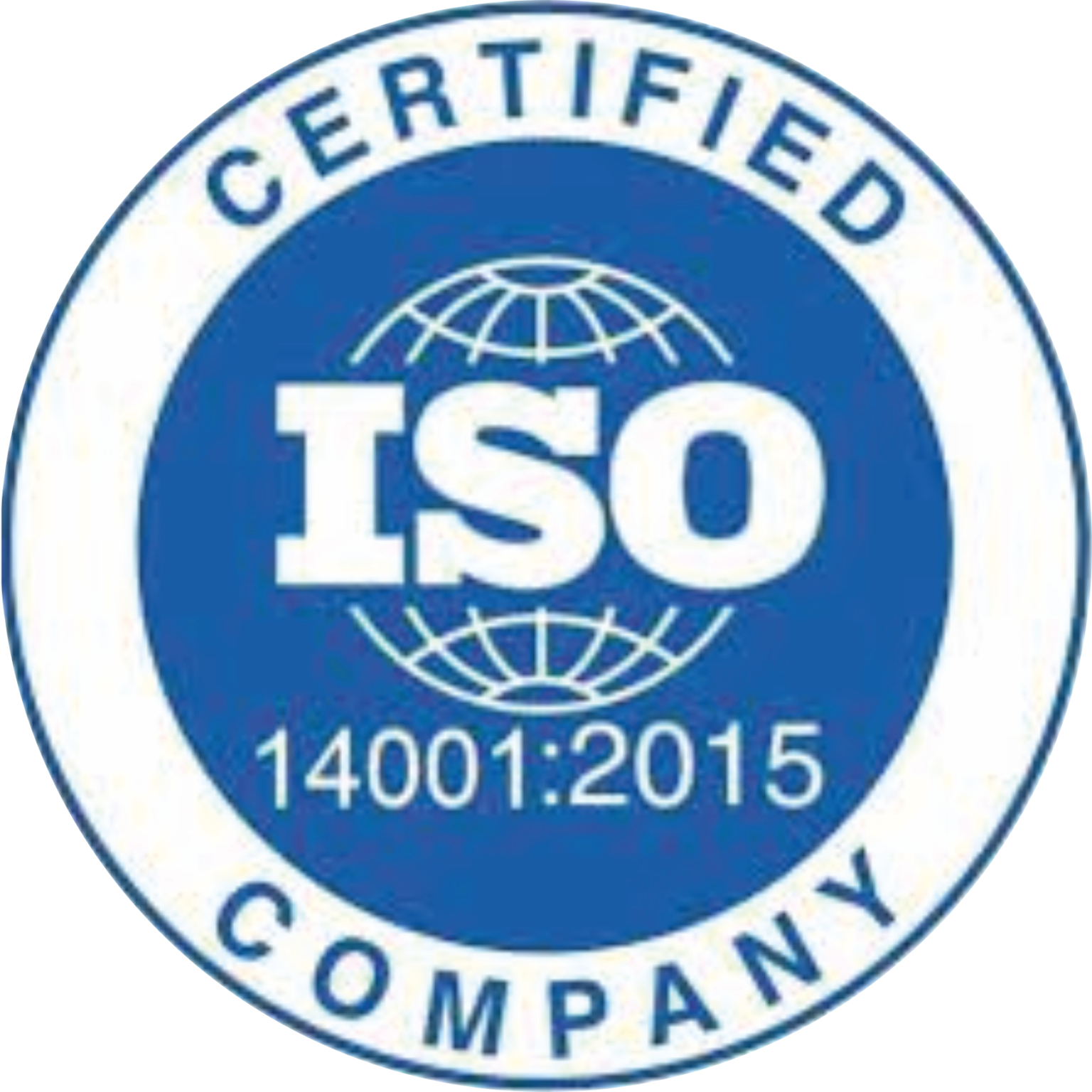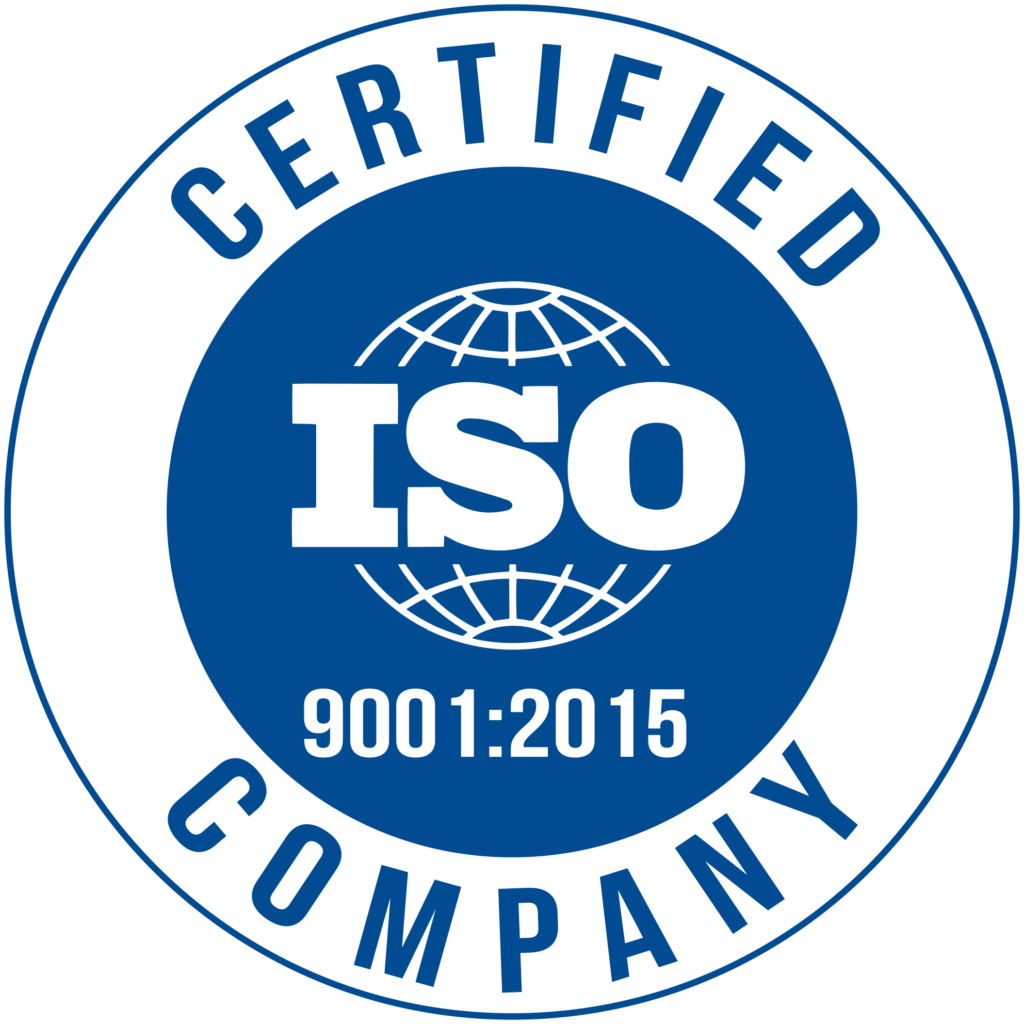An Overview of Pall Rings and Their Role in Industrial Applications
Pall rings are crucial parts of many industrial processes, especially mass transfer procedures including cleaning, distillation, and absorption. Pall rings, which are well-known for their great efficiency and adaptability, offer an affordable option for sectors that need improved gas-liquid contact. The importance of pall rings, their design, and how they enhance performance in industrial applications will all be covered in this tutorial.
What are Pall Rings?
Pall rings have a distinctive open-ring structure and are cylindrical random packing pieces. Pall rings, in contrast to conventional Raschig rings, feature internal windows that enhance gas-liquid interaction and facilitate more effective fluid movement through the packed bed.
Key Features of Pall Rings:
- Open structure with large surface area for better mass transfer.
- Low-pressure drop across the packed bed.
- High mechanical strength, making them suitable for both high- and low-pressure systems.
- Corrosion resistance when made from materials like stainless steel or plastic.
These characteristics make pall rings highly effective in applications where efficiency and operational flexibility are critical.

Applications of Pall Rings
Pall rings are extensively employed in sectors like environmental management, water treatment, oil and gas, and chemical processing. Effective gas-liquid contact is made possible by their design, which is crucial for mass transfer processes.
Common Applications Include:
- Distillation:
Pall rings offer a productive way to separate components according to variations in volatility.
Absorption:
Pall rings improve the interaction between gases and liquids in gas absorption processes, which helps to remove contaminants more effectively.Scrubbing:
To eliminate impurities from exhaust gases, scrubbers frequently use pall rings.
Water Treatment: Pall rings are essential to procedures like gas stripping and aeration in water treatment facilities.In these crucial applications, pall rings are frequently selected over alternative packing materials because of their great efficiency.
Types of Pall Rings
There are several materials for pall rings, and each is appropriate for a certain set of operating circumstances. Metal and plastic pall rings are the two most popular varieties.
1. Plastic Pall Rings
Pall rings made of plastic are affordable, lightweight, and resistant to corrosion. Usually, they are employed in chemical processing and water treatment, two fields where chemical resistance is crucial.
- Benefits: High resistance to corrosion, lightweight, cost-effective.
- Common Materials: Polypropylene, PVC, CPVC.
2. Metal Pall Rings
Metal pall rings are perfect for demanding applications like petrochemical and oil refining processes because of their superior mechanical strength and ability to tolerate high temperatures and pressures.
- Benefits: High mechanical strength, heat-resistant, and durable.
- Common Materials: Stainless steel, carbon steel, titanium.
Choosing the right material for your pall rings depends on the operating conditions and the specific needs of your industrial process.

Pall Ring Packing Efficiency and Benefits
Pall ring packing is known for its superior efficiency in mass transfer operations. The open structure of pall rings minimizes resistance to gas and liquid flow, ensuring better contact between the phases and reducing pressure drop.
Key Benefits of Using Pall Ring Packing:
- Increased Mass Transfer Efficiency: The design of pall rings enhances gas-liquid interaction, leading to improved mass transfer rates.
- Lower Pressure Drop: Compared to traditional packing materials, pall rings create less resistance to flow, reducing the energy needed to maintain the process.
- Cost-Effective: Pall rings offer long-term cost savings due to their durability and low maintenance requirements.
- Versatility: Available in various materials, pall rings can be tailored to suit a wide range of industrial applications.
These advantages make pall ring packing a preferred choice for industries seeking to optimize their mass transfer operations.
Role of Pall Ring Manufacturers in India
Some of the top producers of pall rings, which provide premium goods to both domestic and foreign markets, are based in India. Indian producers provide a large selection of pall rings, including as metal and plastic rings, that are made to satisfy the various demands of industrial customers.
Why Choose a Pall Ring Manufacturer in India:
1. High-Quality Standards
Indian manufacturers, such as Kuber Internals, follow strict quality control procedures to guarantee the pall rings’ longevity and effectiveness. These goods offer dependable solutions for cleaning, absorption, and distillation applications and are made to international industrial standards.
2. Cost-Effective Solutions
India is a centre for economical production that offers affordable prices without sacrificing quality. Purchasing pall rings from Indian producers like Kuber Internals offers a great mix between cost and functionality, making it a popular choice for businesses all over the world.
3. Customization
Indian producers are excellent at offering specialised solutions. Businesses like as Kuber Internals provide customised pall rings according to particular industry specifications, such as size, design, and material choice. These solutions, which include ceramic, metal, and plastic pall rings, are designed to maximise the efficiency of your operations.
Industries can improve performance and streamline their operations by selecting a trustworthy pall ring manufacturer in India.
Conclusion
Pall rings are essential for increasing the effectiveness of mass transfer processes in a variety of industries. Whether you work in water treatment, oil refinery, or chemical processing, pall ring packing provides the ideal ratio of performance to cost. Speak with a reputable pall ring manufacturer right now to find out more about how pall rings may enhance your industrial operations.
FAQ'S
Pall rings are preferred because they provide better gas-liquid contact, lower pressure drop, and higher operational efficiency compared to traditional random packing materials like Raschig rings.




